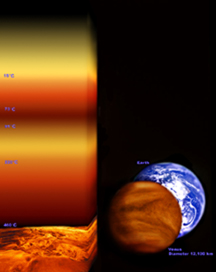This is an artist's rendition of a column of clouds on Venus.
The temperature of the different layers is shown at the left.
Click on image for full size
Windows to the Universe original image
The Atmosphere of Venus
The atmosphere of Venus is very hot and thick. If you were on the
surface of
the planet, the air above you would be about 90 times heavier than the
Earth's atmosphere. This is
like what a submarine experiences at 3000 ft
below the surface of the Earth's ocean. The atmosphere is composed
mainly of
carbon dioxide (96%), 3.5% nitrogen, and less than 1% is made up of
carbon monoxide, argon, sulfur dioxide, and water vapor.
All this carbon
dioxide in the air has produced at strong greenhouse
effect, which traps
heat in the atmosphere. A small amount of sunlight can
penetrate the planet's thick cloud layer (about 2%) without being
reflected by the sulfuric acid clouds or
absorbed by the atmosphere. Whatever sunlight does make it through heats
the surface, and is reemitted in the infrared. But virtually all energy
emitted by the planet in the
infrared (heat radiation) is absorbed by the carbon dioxide rich air.
The result is unusually high surface temperatures of about 460C (860F).
Why should Venus and not the Earth have a hot and thick atmosphere? Some scientists call it the Goldilocks phenomenon.
Measurements
made by probes which travelled
through the atmosphere have shown that
temperature varies no more than a few degrees from the equator to the
poles, and that the atmospheric temperature remains nearly constant
through the long dark night. Thus there are no significant daily, seasonal, or
latitudinal temperature gradients in the atmosphere.
You might also be interested in:
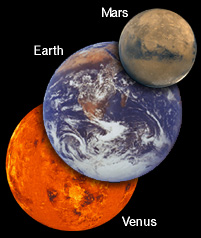
Just as Goldilocks found the porridge that was just right, the Earth seems to be just right for conditions favorable to life. The reasons have to do with the fact that the Earth seems to be the perfect
...more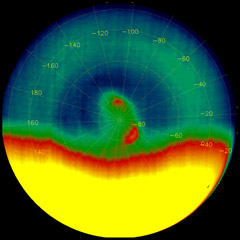
Venus has odd, swirling vortices in its atmosphere above each of the planet's poles. These vortex structures were first detected over the North Pole by NASA's Pioneer Venus Orbiter in 1978. The European
...more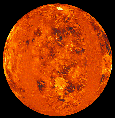
Venus is the second planet from the Sun, and is Earth's neighbor in the solar system. Venus is the brightest object in the sky after the Sun and the Moon, and sometimes looks like a bright star in the
...more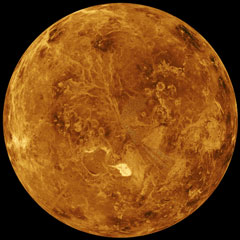
Would you expect to find ice caps and snow fields on Venus? Not likely! Venus is the hottest planet in our Solar System, and those high temperatures extend right on up to the poles. Though there aren't
...more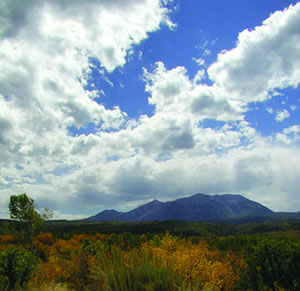
Clouds can come in all sizes and shapes, and can form near the ground or high in the atmosphere. Clouds are groups of tiny water droplets or ice crystals in the sky and are formed by different processes.
...more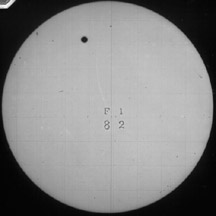
Transits of Venus are extremely rare astronomical phenomena. They occur in pairs, separated by eight years, with more than a century elapsing between successive pairs of transits. There will be two Venus
...more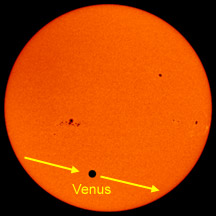
The planet Venus periodically passes directly between Earth and the Sun. This event, which is somewhat similar to a solar eclipse, is called a transit of Venus. Viewed from Earth, Venus and Mercury are
...more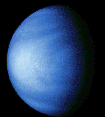
A planet goes through cycles of history depending upon how it cools in time. The following may be the history of Venus. Venus formed about 4 Billion Years ago. at the conclusion of forming it continued
...more


